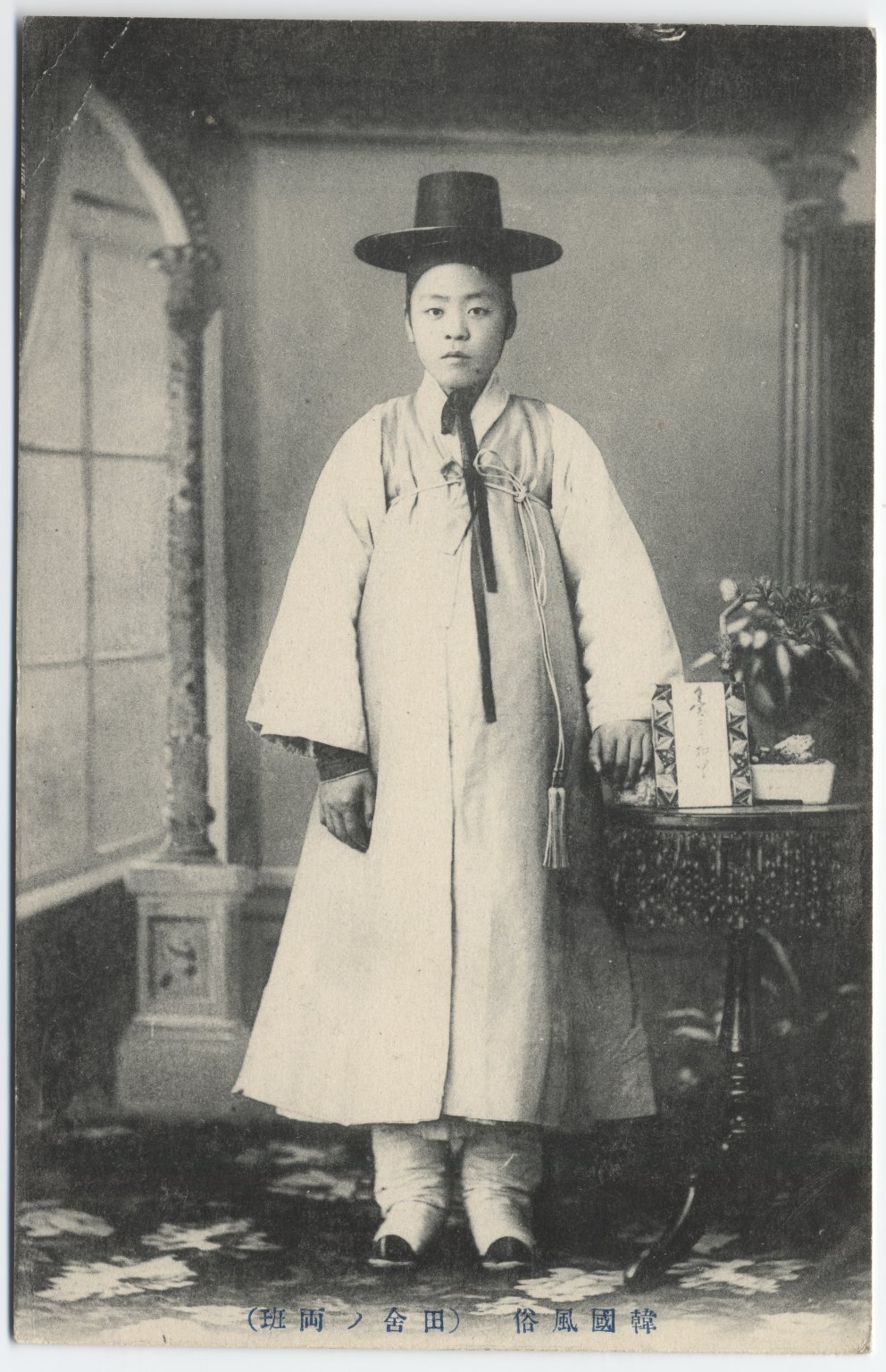|
Daeryeong Suksu
Daeryeong Suksu () refers to the male chef working for royal family during Joseon dynasty. The two words of the terminology means a chef (''숙수 (熟手)'') waiting for king's command (''대령 (待令)''). Under the title, they belonged to ''Saongwon'', of the administrative organ, Ijo (이조, 吏曹) with several other chefs in hierarchical structure. The chief of the staff took the seat of ''cham-ui'' in 3rd rank of Jeong (정3품), following several titles of each cook like ''Jaebu'', ''Seonbu'', ''Jobu'', ''Imbu'' and ''Paengbu'', which means each chef was entitled to posts in governmental services, to take charge of cookery for royal cuisine. For their class, they belong to Chungin, the mid-level people by linking their secretive arts of cookery for generations to get into the palace, especially during royal parties like ''Jinjyeon'' (진연,進宴). For king's meal (''sura'', {{Korean, hangul=수라, labels=no), Suksu worked in ''sojubang'' while specially organized fac ... [...More Info...] [...Related Items...] OR: [Wikipedia] [Google] [Baidu] |
Joseon Dynasty
Joseon (; ; Middle Korean: 됴ᇢ〯션〮 Dyǒw syéon or 됴ᇢ〯션〯 Dyǒw syěon), officially the Great Joseon (; ), was the last dynastic kingdom of Korea, lasting just over 500 years. It was founded by Yi Seong-gye in July 1392 and replaced by the Korean Empire in October 1897. The kingdom was founded following the aftermath of the overthrow of Goryeo in what is today the city of Kaesong. Early on, Korea was retitled and the capital was relocated to modern-day Seoul. The kingdom's northernmost borders were expanded to the natural boundaries at the rivers of Amrok and Tuman through the subjugation of the Jurchens. During its 500-year duration, Joseon encouraged the entrenchment of Confucian ideals and doctrines in Korean society. Neo-Confucianism was installed as the new state's ideology. Buddhism was accordingly discouraged, and occasionally the practitioners faced persecutions. Joseon consolidated its effective rule over the territory of current Korea and saw the ... [...More Info...] [...Related Items...] OR: [Wikipedia] [Google] [Baidu] |
Chungin
The ''jungin'' or ''chungin'' () were the upper middle class of the Joseon Dynasty in medieval and early modern Korean society. The name "jungin" directly means "middle people". This privileged class of commoners consisted of a small group of petty bureaucrats and other highly educated skilled workers whose technical and administrative skills enabled the ''yangban'' and the royal family to rule the lower classes. ''Jungin'' were the lifeblood of the Korean Confucian agrarian bureaucracy, for whom the upper classes depended on to maintain their vice-like hold on the people. Their traditions and habits are the forerunners of the modern Korean administrative systems in both North and South Korea. Professions and roles in the society In dynastic Korea, particularly during the Joseon period, the ''jungin'' were lower than the ''yangban'' aristocracy but above the lower middle and working class commoners in social status. They included highly educated government-employed specialis ... [...More Info...] [...Related Items...] OR: [Wikipedia] [Google] [Baidu] |
Emperor Gojong Of The Korean Empire
Gojong (; 8 September 1852 – 21 January 1919) was the monarch of Korea from 1864 to 1907. He reigned as the last King of Joseon from 1864 to 1897, and as the first Emperor of Korea from 1897 until his forced abdication in 1907. He is known posthumously as the Emperor Gwangmu (). He was instrumental in the forced signing of the Treaty of Ganghwa (1876), an unequal treaty which would eventually pave the way for Japanese annexation of Korea. In 1895, his wife Queen Min was assassinated by Japanese agents, strengthening the king's antipathy towards the Japanese. Gojong declared Korea an empire in 1897, which ended the country's historic subordination to the Qing dynasty. His slow pace in issuing reforms led to conflict with the Independence Club, but he saw more success when carrying out the Gwangmu Reform along military, economic and educational lines. Later, Gojong was subjected to several assassination and abdication attempts; eventually forced to abdicate, he was confined in ... [...More Info...] [...Related Items...] OR: [Wikipedia] [Google] [Baidu] |
Korean Cuisine
Korean cuisine has evolved through centuries of social and political change. Originating from ancient agricultural and nomadic traditions in Korea and southern Manchuria, Korean cuisine reflects a complex interaction of the natural environment and different cultural trends. Korean cuisine is largely based on rice, vegetables, seafood and (at least in South Korea) meats. Dairy is largely absent from the traditional Korean diet. Traditional Korean meals are named for the number of side dishes (반찬; 飯饌; ''banchan'') that accompany steam-cooked short-grain rice. Kimchi is served at nearly every meal. Commonly used ingredients include sesame oil, ''doenjang'' (fermented bean paste), soy sauce, salt, garlic, ginger, ''gochugaru'' (pepper flakes), '' gochujang'' (fermented red chili paste) and napa cabbage. Ingredients and dishes vary by province. Many regional dishes have become national, and dishes that were once regional have proliferated in different variations ... [...More Info...] [...Related Items...] OR: [Wikipedia] [Google] [Baidu] |


